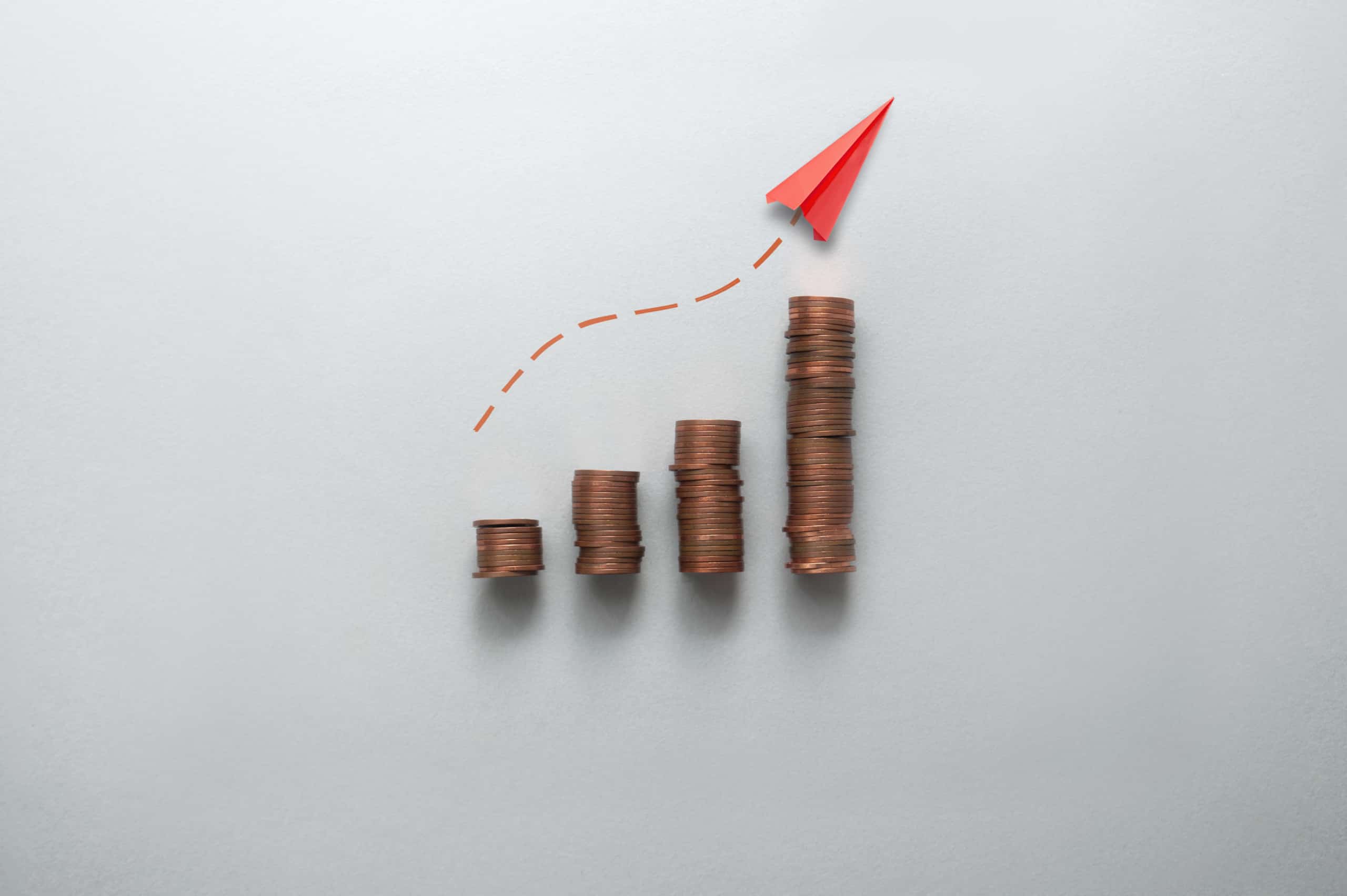Amsterdam, 11 January 2023 – It’s the year of 2023, which means the price cap has gone into effect. This means that you might have to pay less for electricity up to 2.900 kWh usage. But, what does that mean for charging your electric car at home, and what can you do about the price cap as an EV owner? After all, with an electric car you surely reach this threshold before you know it.
What if you drive a lease car, and are able to reclaim your expenses? Or when you’re connected to district heating? We covered it all in this article.
What is a price cap on gas and electricity?
The electricity price cap means that you, as a household or a small-consumer, do not pay over 0.40 EUR per kWh for the first 2.900 kWh of electricity you use. For every kWh electricity you use above this threshold, you pay the tariffs your energy supplier has set. This tariff is determined in the contract you’ve signed with the supplier, and can be a lot higher.
What are the costs within the price cap?
Up until the use of 1.200 m3 gas, 2.900 kWh electricity, and 37 gigajoule district heating: maximum tariffs take effect for the whole of 2023. These tariffs are as follows:
- – 0,40 EUR per kWh electricity;
- – 1,45 EUR per m3 gas;
- – 47,38 EUR per GJ district heating.
How can you go about charging your electric car at home as economically beneficial as possible?
- Get solar panels installed on your roof. If you haven’t installed these yet, this could be the moment to consider doing so. Currently, you don’t pay taxes for solar panels, thanks to stimulating regulation from the government. You practically get free electricity when the sun shines. When you use this electricity to charge your EV, you lower your kWh usage.
- If your electricity supplier applies day-and nighttime tariffs, you pay less for the electricity you use during off-peak hours. If you charge your EV during nighttime, typically between the hours of 23:00 and 07:00, you charge for lower electricity tariffs. The hours can differ between energy companies, so it’s smart to ask your energy company for the specific time slots they apply. However, for the price cap this doesn’t really matter, the threshold stays at 2.900 kWh.
- You can save even more money when you have a dynamic energy contract. However, you do have to (want to) actively pay attention to the moments you use electricity (for example when to charge your car, but also in general) to be able to get the most out of this method.

Electric lease car
Do you lease an electric car from your employer that you charge at home? Then there’s a couple more things to take into consideration. For example, which tariff are you going to declare? Because the charging of your EV is added to your regular electricity use, you are best off declaring the gross tariff as listed on your energy contract. This way, you can make sure to always receive a sufficient reimbursement.
District heating
As stated before, from January 1st 2023, you pay 47,38 EUR for every gigajoule (GJ). This price cap counts for the first 37 GJ you use. For every GJ you use above the threshold of 37 GJ, a maximum tariff of 90,91 EUR per GJ goes into effect.
How does a price cap work?
Most households get a discount on their energy bill thanks to the price cap. The government pays for this discount. Households and other small-consumers don’t have to do anything to receive this discount, it will be automatically processed.

An overview of charging sessions and automatic settlement
To keep control of your charging costs, it’s good to have a clear overview. Additionally to that, lease drivers can automatically settle their energy costs with their employer, or their own enterprises. E-Flux offers the perfect solution for this. With our software, managers of charging stations can set tariffs, and get insight to all charging sessions. The settlement of the costs is done automatically on a monthly basis, and in case any problems arise, our helpdesk can be contacted 24/7.
Aside from charging station management software, E-Flux also offers charge-cards that can be used at public charging stations. By charging at a public charging station, you simply make sure your electricity use at home increases less. Tip: do make sure to check the tariffs of the public charging station before you use it.

